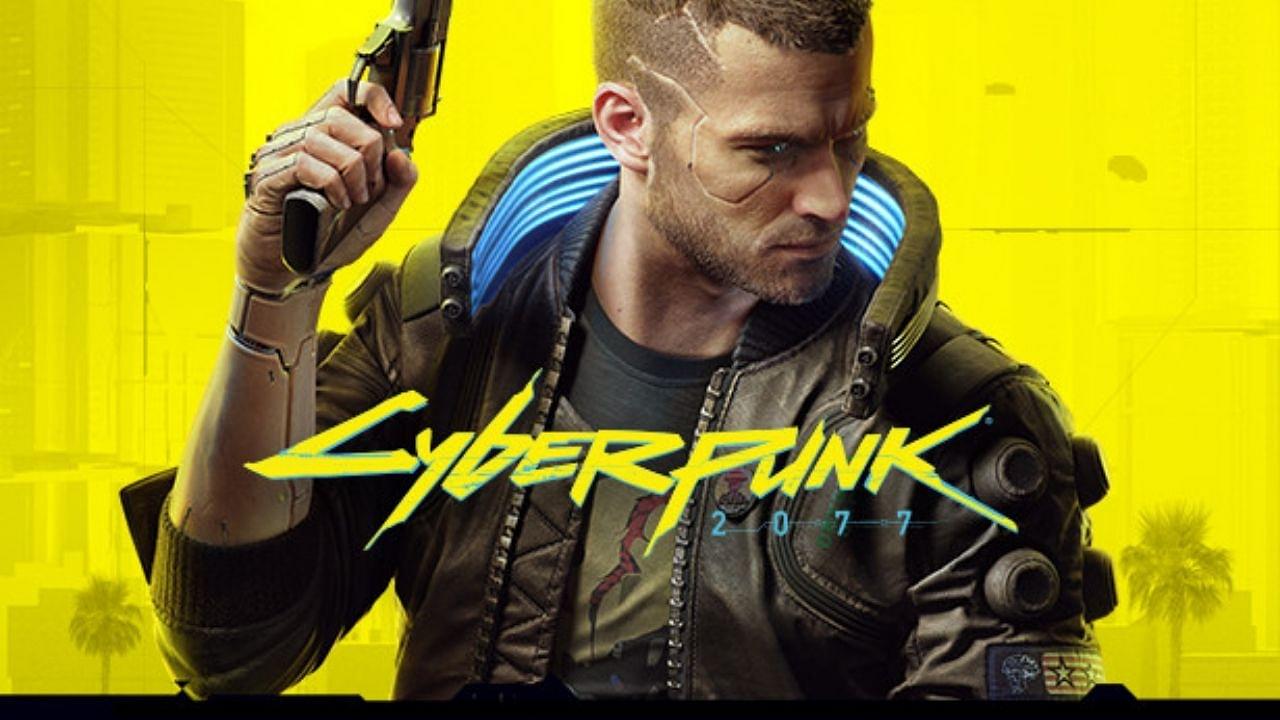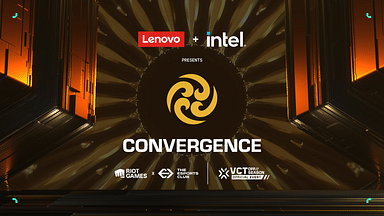Cyberpunk has a host of different options when it comes to making the game look good on-screen. However, because all Graphics cards aren’t made equally, Youtuber Gamers Nexus released a video for an optimization guide. This guide allows you to understand and get to know which settings are the best for your setup! Click here to watch the video!
What reflection settings should you be turning on for the best performance?
Cyberpunk offers the following Reflection settings to be tuned as per performance, an RTX 3060Ti FE was used to benchmark the game:
- Screen Space Reflections(SSR): These types of reflections work only for objects present on the screen. Any object not present in the player’s Field Of View will not be reflected. In Cyberpunk, SSR is one of the few settings that can be tuned up to ‘Psycho’. These take quite a toll on your Graphics Card. SSR Psycho dropped the game’s FPS down to 50 FPS from the initial 80 FPS when SSR was turned off completely. The second highest SSR was ultra and it saw FPS go down to the 72 FPS mark. So clearly, Psycho is a different level of application of SSR and takes a lot more out of the GPU.
- Ray Traced Reflections(RT): The ray-traced reflections are overall a more accomplished method of reflection. These reflections are pre-applied to certain objects and appear as soon as the player’s character enters the sphere of influence of the reflection. Even though the RT reflection works better than the SSR, it takes way more of a toll on the GPU. The average FPS of the game with RT Reflections turned on was 46 FPS. This is lower than what the game achieved on SSR Psycho.
What settings should RT Shadows be kept at?
Ray Traced Shadows work only under lighting provided by the sun or moon. Any other artificial lighting indoors or outdoors is grouped under RT Lighting. RT Shadows turned off saw a 19% boost in frames from the 57 FPS mark to the 68 FPS mark. However, this only applies to places in the game with lighting from the sun or moon.
RT Lighting: Boon or Bane?
RT Lighting also provides the option to be turned up to Psycho. The Psycho setting makes use of Global Illumination for outdoors where a ray of sunlight can illuminate an area by reflecting off of objects. However, RT Lighting at Psycho drops the FPS down to the 43 FPS mark from the 68 FPS where it was turned off. We recommend keeping this setting at Medium or High as the hit taken isn’t as big compared to Ultra or Psycho.
Ambient Occlusion: What does it do?
Ambient Occlusion tries to make the objects occlude or obstruct the lighting given off from other objects. This effect is overwritten by the RT Lighting option and isn’t of any use at that point in time. Ambient Occlusion is better seen with RT application however as compared to Screen Space application. AO set to High does not do very much to the FPS and can make the scenes look more realistic. We recommend you keep this option turned on.
Check out Gamers Nexus’ video for the rest of the options!
Most of the hard-hitting settings were covered in this article. However, to give your game the absolute best visual appeal, check out Gamers Nexus’ video to properly understand what each and every setting does!



